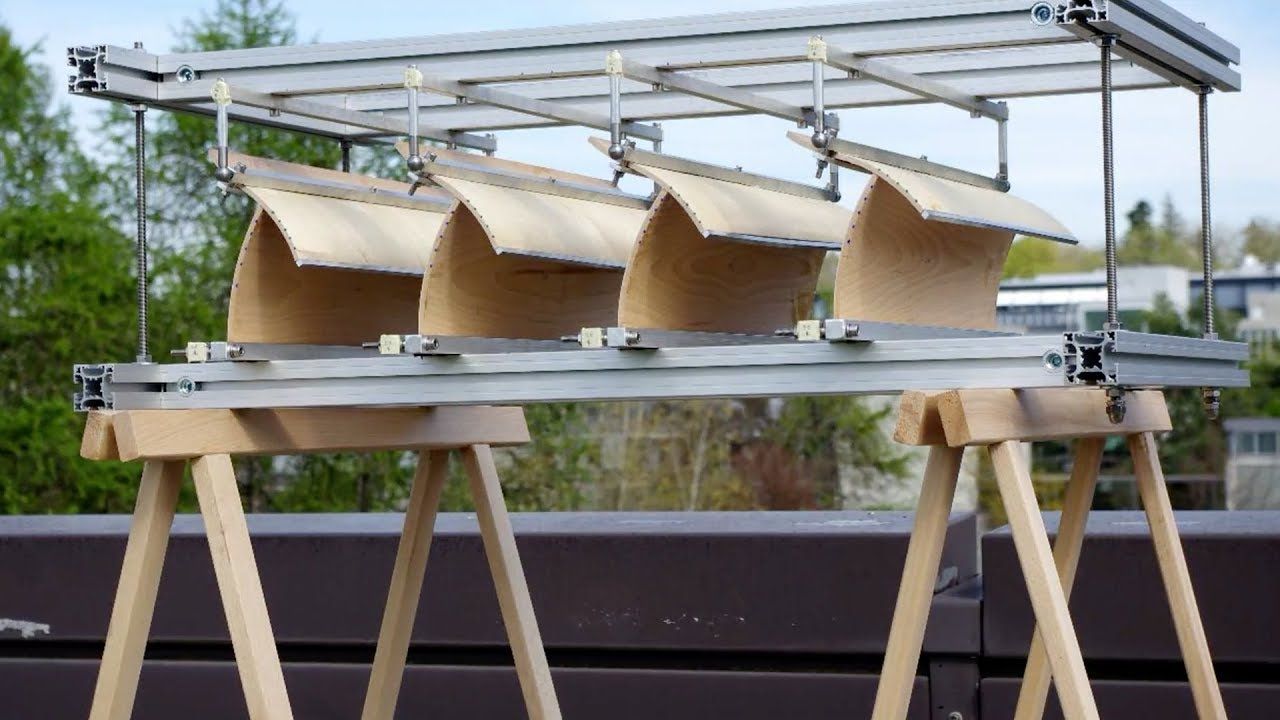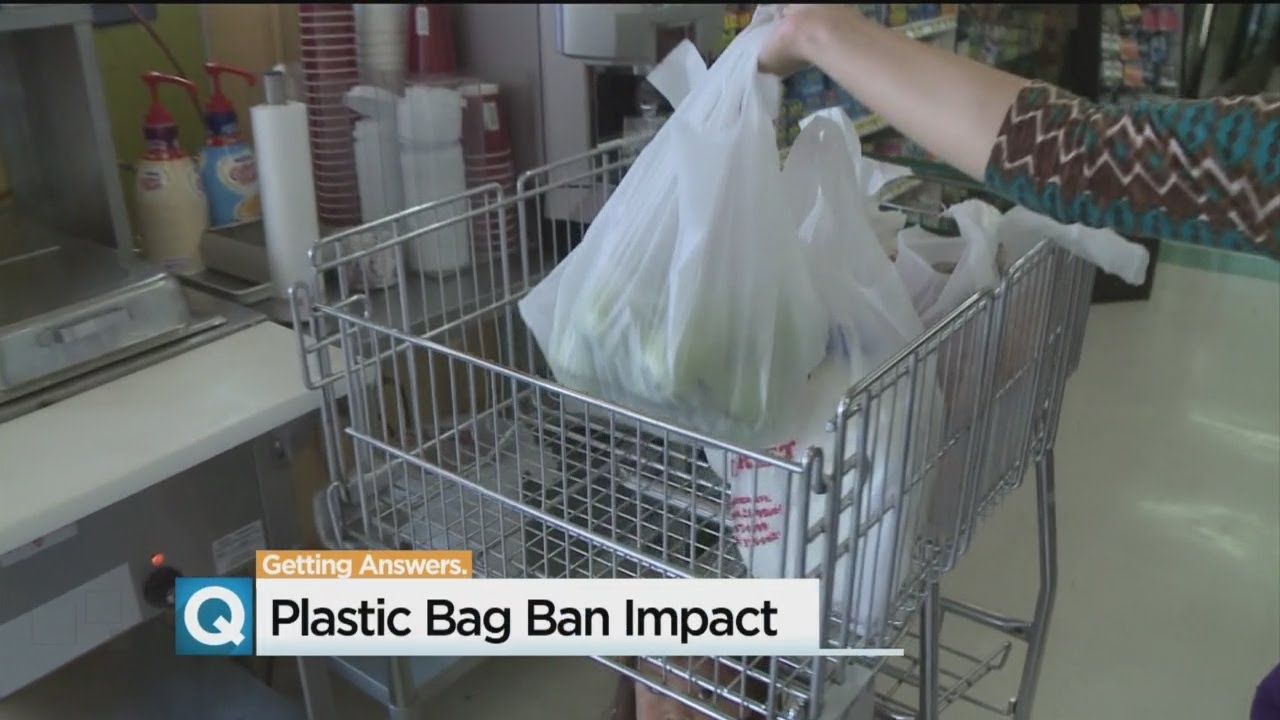This is the second part of a short fictional story about a man realizing for the first time that he has a deep desire to avoid aging and death. We published the first part of the story last Friday, and you can read it here.
I feel ashamed admitting to this, but I proceeded with wariness all the way to my door. That late at night, I didn’t meet anyone in the hallways or in the elevator. At first, I didn’t even want to take the elevator, as I was afraid that the girl might suddenly appear before me when the doors opened as I got in or out; however, for some reason, the idea of taking the stairs felt even worse, nearly terrifying. After hesitating some, I chose to take the elevator. Once I reached my door, I inserted the key in the lock, and after a moment of hesitation, I began turning it. At each turn, which echoed sinisterly in the hallway, I stopped as if to check that the sound didn’t attract the attention of God knows what supernatural creatures lurking in the dark. Absolutely nothing looked different than usual, yet I felt like a character in a horror movie.
I opened a crack between the door and the frame, stuck a hand in, and frantically searched for the light switch on the wall. “Finally home,” I said in an annoyed and embarrassingly loud and shaky voice to no one in particular, while still searching for the switch with no success. Once I found it, I flicked it, and as soon as the light went on, I pulled the door wide open, ran in, and finally slammed the door shut behind me.









